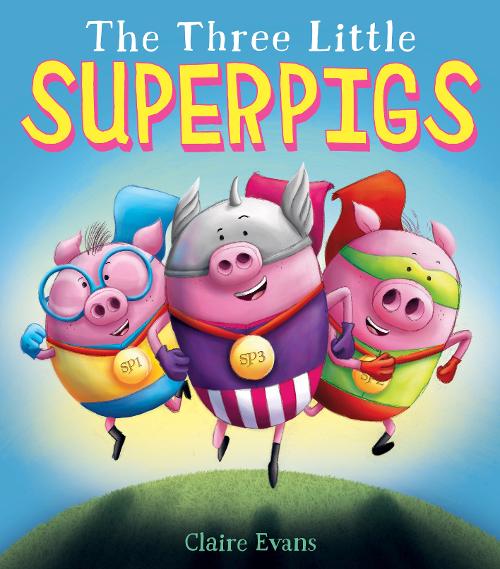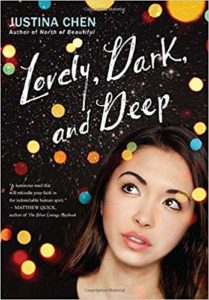Girls who love math, science, girl scouting, are Hispanic, or just love a great true success story will love this book!
The struggles in this book are real dealing with living between two cultures.
Sylvia Acevedo began life in such an ordinary way. From a small town in South Dakota near Ellsworth Air Force Base born to a Mexican mother and a college educated United States Hispanic father, the family soon moved to Las Cruces, New Mexico. They lived in an all Mexican part of town until her younger sister contracted meningitis. This changed their lives forever. Sylvia’s mother (Mami) only had a sixth grade education but she knew how to care for her family. Mami sensed her family would do better in the Anglo part of town and set off to make this move happen, even with her limited use of the English language.
Mami realized her children would need to know English to succeed in school, so Mami arranged to have a tutor for Mario and Sylvia. After Mario entered first grade, Sylvia continue to go to the tutor by herself. Then a new program began- Head Start. Many of the mothers did not trust Head Start, but Mami saw its advantages and enrolled Sylvia. In Head Start, Sylvia was forced to use only one last name, that of her father, leaving her mother’s last name off, a bit of her culture taken away. “I would soon understand that it wasn’t just English that I was going to learn, but also a new way of life.” (79)
Sylvia learns to live between two cultures. Neither culture is put down. She learns to take the best of both and fly with them.
When Sylvia learns to read, she also learns she will be able to get her own library card. Her mother makes her save up $5.00 in a kitty bank, then deposit it in a savings account in a bank, in case a library book is damaged, before getting her library card. Sylvia does all of this, but sees at the same time her older brother not being made to do the same thing because he is a boy. Sylvia takes it all in stride. Just like her father (Papá) a chemist, whose at home time was spent reading, going to libraries, visiting his father and mother, and with Sylvia’s older brother Mario, but not with her because she was a girl.
When Mami enrolls Sylvia and Mario in the Anglo school, she is automatically placed in the second grade remedial class by the principal because of the school from which they transferred. This does not happen to Mario because there wasn’t a remedial fourth grade. In this new school Sylvia feels alone until the day she wore her Brownie uniform to school. Now the whole new world of Girl Scouting and friendships opens up to her, Sylvia is automatically one in the sisterhood of Girl Scouts.
Girl scouting teaches Sylvia budgeting and planning through the cookie sales. Sylvia sees the value in these skills, along with the other badges, like science and cooking, that Girl Scouts allows her to experience. Budgeting and planning ahead were skills Sylvia’s home life hadn’t taught her. Sylvia begins to start saving for college on her own, realizing this is not something her family will help her with financially. Girls get married and have families, they do not go to college.
Sylvia excels at school. Sylvia was inherently good at math, she loved reading, she won awards for her drumming (not an instrument usually played by girls in either culture), and basketball.
Domestic violence between her parents rears its head. Sylvia separates herself as much as possible from Papá and his temper. Arguments abound. Sylvia refuses to have a quinceañera, which Papá wants so much for her. “My family loved me, but they didn’t understand me, and I often felt like an outsider in my own home.” ( 263)
Eventually, Sylvia realized she wanted to be an industrial engineer. Here she had to prove to the people around her, the dean at New Mexico State University and their scholarship board, she knew what she wanted and was capable of succeeding at it. Sylvia credits much of it to skills she learned through Girl Scouts: people skills, organization, and planning.
While at New Mexico State University , Title IX came into effect. Sylvia had to prove to the coaches, she was capable of succeeding at basketball though she had no formal training and had not played on any teams. She made the varsity team at New Mexico State University. Sylvia played one season, mostly as a benchwarmer, then gave it up to pursue her education.
While at New Mexico State University, Sylvia had a summer internship at Sandia National Laboratories in Albuquerque, New Mexico. “The four-hour drive from Las Cruces to Albuquerque was probably the best time I ever had with my father. He talked the entire way, but he gave me great advice about working in a laboratory, because he had worked in one too.” (284) The advice dealt with being the ‘victim of silly pranks’, never to complain, “not to get upset, even if my coworkers seemed to be taunting me… to perform flawlessly” (285) , being a woman, a woman in science and math, and being Mexican American. Sylvia succeeded there, went on to Stanford, and the Jet Propulsion Laboratory.
In the Epilogue on page 299 Sylvia states, ” I learned to create opportunities for myself.”


